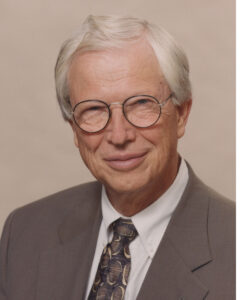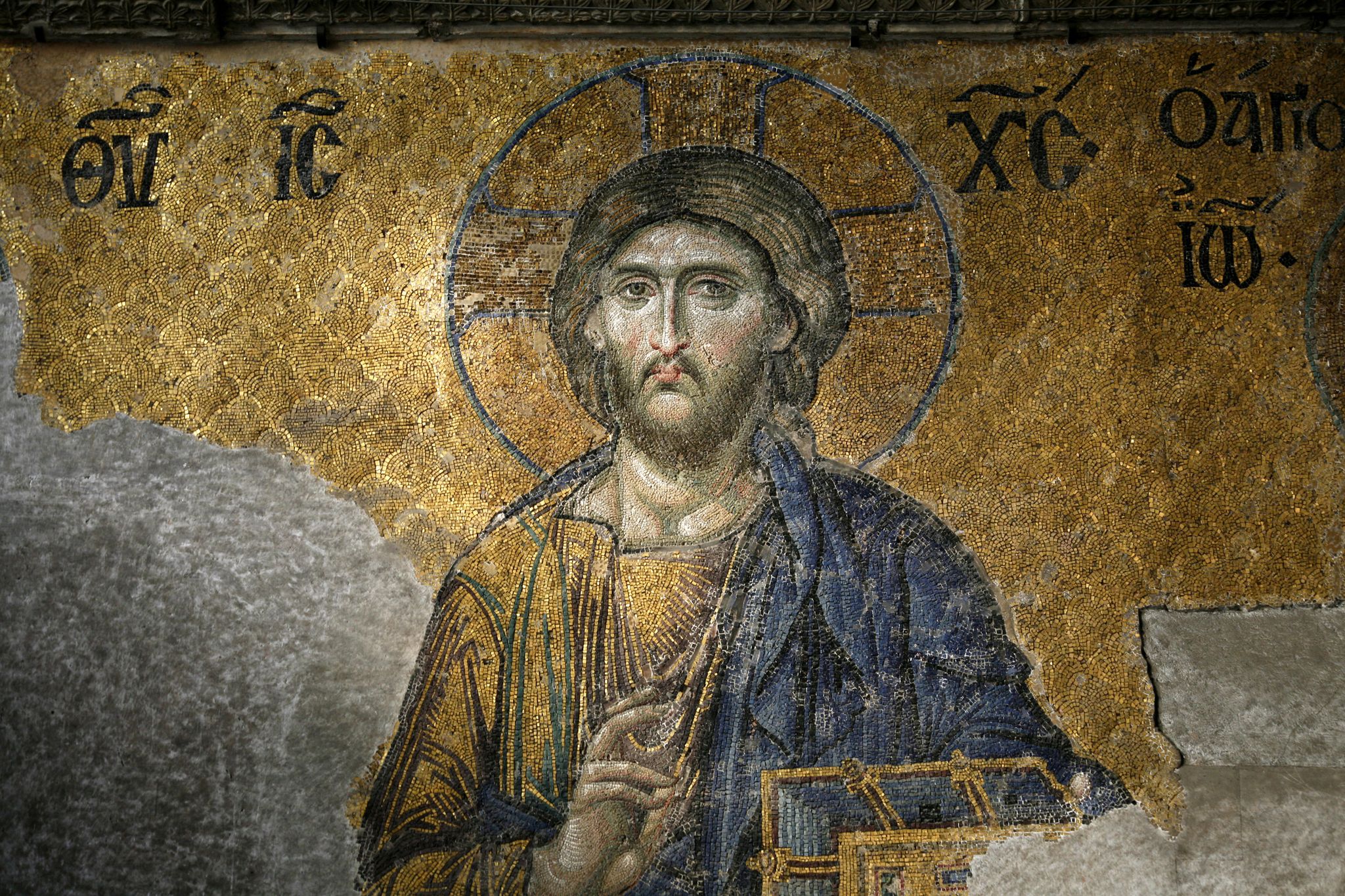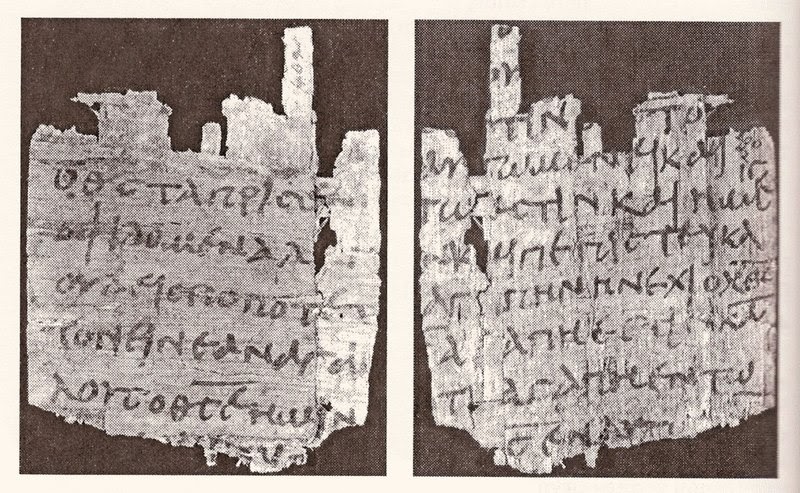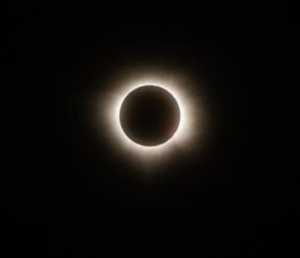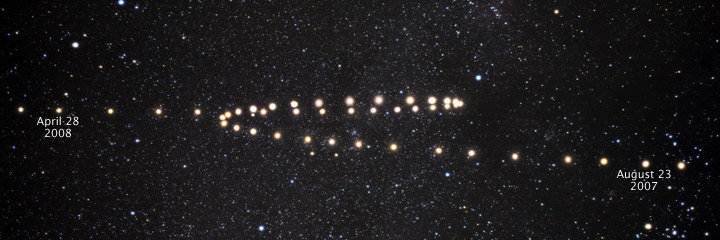
In Pennsylvania where I live, we have been inundated by political ads on television. I have been horrified by how many of them feature white people railing about “illegals” pouring unchecked over our borders, committing crimes, getting government handouts, and stealing jobs from hard-working Americans. The sorry climax of this blatantly racist display was the former president, on a national stage, voicing a baseless slur about Haitian immigrants in Springfield, OH stealing and eating the dogs and cats of their neighbors. Ohio Gov. Mike DeWine, a Republican, firmly rejects this slur and praises the immigrants for their positive influence on the community:
“Let me tell you what we do know, though. What we know is that the Haitians who are in Springfield are legal,” the governor said. “They came to Springfield to work.”
But in an interview on CNN, vice-presidential candidate JD Vance freely acknowledged that he had supported this internet rumor, knowing it was likely false, to make a point:
The American media totally ignored this stuff until Donald Trump and I started talking about cat memes. If I have to create stories so that the American media actually pays attention to the suffering of the American people, then that’s what I’m going to do.
So: does the Bible have anything to say about immigrants and immigration? In fact, it does: indeed, quite a lot! To begin, consider this passage:
“You shall not wrong or oppress a resident alien [Hebrew ger], for you were aliens [Hebrew gerim] in the land of Egypt. You shall not abuse any widow or orphan. If you do abuse them, when they cry out to me, I will surely heed their cry; my wrath will burn, and I will kill you with the sword, and your wives shall become widows and your children orphans” (Exod 22:21-24 NRSVue).
We know of course who the widow and the orphan are. We can understand why, in the clan-based economy of ancient Israel, a special command might be needed to ensure their just treatment: a women without a husband to ensure her access to property, or a child without a parent’s protection, could well fall through the cracks. However, who is the ger (“resident alien” in the NRSVue)?
To find the best contemporary translation for ger, it may help to consider how this word is used in our Old Testament. The ger is a person of foreign birth, living within the borders of Israel but without land or legal status. That is why the ger is so often listed together with the widow and the orphan: like widows and orphans, the gerim are vulnerable: they have no one to look out for their rights. This is why a special command is needed to ensure their just treatment, and why generosity to the ger is a consistent biblical principle.
So, who is the ger in our own time and context? The NRSV “resident alien” is accurate, but bookish and stodgy; far more vigorous, and no less accurate, is the Common English Bible rendering “immigrant”—particularly if we include those sometimes vilified as “illegal immigrants,” and those we call “refugees.”
As the political rhetoric of this campaign has made tragically apparent, the gerim are perhaps more vulnerable and at risk now than ever before—making the passages of Scripture referring to them more relevant than ever before. As Exodus 22:21-24 demonstrates, the ultimate guarantor of rights for the ger in Scripture is the LORD, who assures us, “If you do abuse them, when they cry out to me, I will surely heed their cry; my wrath will burn, and I will kill you with the sword”—which should, to say the least, give us pause.
Deuteronomy continually calls upon the people Israel to remember who they are, and who God is. Indeed, those two calls are inextricably intertwined: Israel is the people who were made a people by the Lord who delivered them from bondage. Consider Deuteronomy 10:14-19:
Clearly, the Lord owns the sky, the highest heavens, the earth, and everything in it. But the Lord adored your ancestors, loving them and choosing the descendants that followed them—you!—from all other people. That’s how things still stand now. So circumcise your hearts and stop being so stubborn, because the Lord your God is the God of all gods and Lord of all lords, the great, mighty, and awesome God who doesn’t play favorites and doesn’t take bribes. He enacts justice for orphans and widows, and he loves immigrants, giving them food and clothing. That means you must also love immigrants because you were immigrants in Egypt.
Israel has direct and personal knowledge of what it means to say that God “doesn’t play favorites,” because if had God shown partiality for the wisest, the strongest, the most prosperous– the best–then God would never have chosen this rag-tag band of slaves and outlaws as God’s own! Likewise, Israel knows personally that the Lord “loves immigrants [Hebrew ger], giving them food and clothing,” because, as God reminds them, “you were immigrants in the land of Egypt.” Indeed, in most of the biblical passages regarding the ger, God gives Israel this reminder (see, for example, Exod 22:21; Lev 19:34).
With the exception of our Native American brothers and sisters, all of us are here because our ancestors came here from somewhere else. Some, like the famous Pilgrims of Plymouth Rock, came fleeing religious persecution. Some, like my Scottish-Irish forebears, came because of hardship and political oppression at home. Some of us came here in chains. As Americans, a nation of immigrants, it behooves us, too, to remember who we are. Those of us who claim the name Christian need also to remember whose we are, and what it means to be the people of the God who “enacts justice for orphans and widows, and he loves immigrants.”
There is no specific word in biblical Hebrew for hospitality. But in Greek, the word is philoxenia—that is, love for the stranger! This word appears twice in the New Testament. In Romans 12:13, Paul commands his audience, “Contribute to the needs of the saints; extend hospitality to strangers.” Hebrews 13:2 deliberately alludes to the story of Abraham and Lot in Genesis 18—19: “Do not neglect to show hospitality to strangers, for by doing that some have entertained angels without knowing it.” I hear this passage in my head in the KJV: “Be not forgetful to entertain strangers: for thereby some have entertained angels unawares.”
In his sermon on Romans 12:13, the great early Christian preacher St. John Chrysostom (347-407 CE) praised Abraham (Genesis 18:1-5) and Lot (Genesis 19:1-3) as examples of radical hospitality:
Thus did Lot, thus Abraham. For he spent the whole day upon it, waiting for this goodly prey, and when he saw it, leaped upon it, and ran to meet them, and worshipped upon the ground, and said, “My Lord, if now I have found favor in Thy sight, pass not away from Thy servant.” [Gen 18:3] Not as we do, if we happen to see a stranger or a poor man, knitting our brows, and not deigning even to speak to them. And if after thousands of entreaties we are softened, and bid the servant give them a trifle, we think we have quite done our duty. But he did not so, but assumed the fashion of a suppliant and a servant, though he did not know who he was going to take under his roof. . . . as did Abraham also, whom beside his largeness and ready mind it is just especially to admire, on this ground, that when he had no knowledge who they were that had come, yet he so acted. Do not thou then be curious either: since for Christ thou dost receive him. And if thou art always so scrupulous, many a time wilt thou pass by a man of esteem, and lose thy reward from him. . . . Do not then busy thyself with men’s lives and doings. For this is the very extreme of niggardliness, for one loaf to be exact about a man’s entire life. For if this person be a murderer, if a robber, or what not, does he therefore seem to thee not to deserve a loaf and a few pence? And yet thy Master causeth even the sun to rise upon him! And dost thou judge him unworthy of food even for a day? (Homilies on Romans 21).
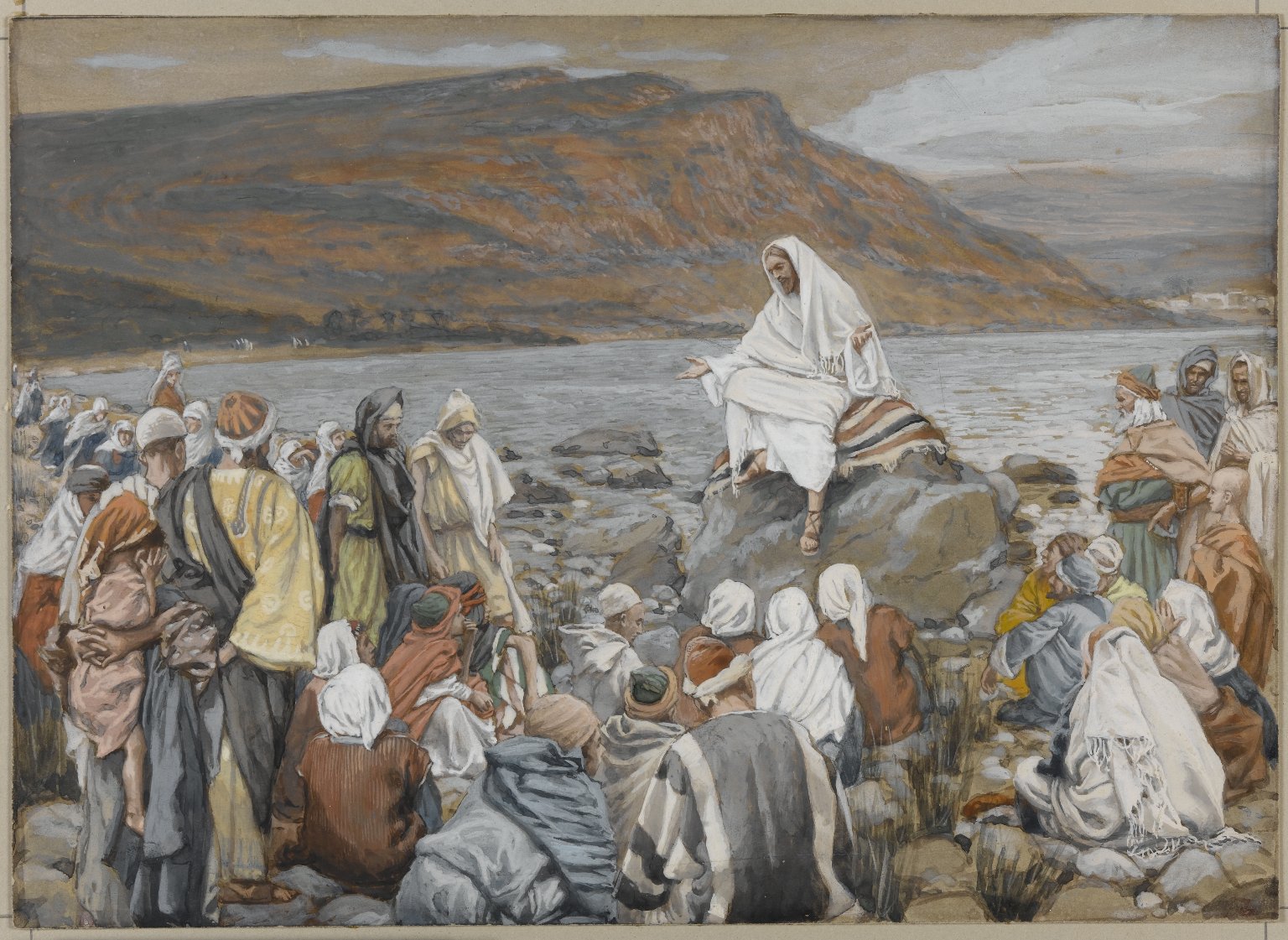
Jesus was certainly not silent on this issue! In Matthew 22:34-40; Mark 12:28-34; and Luke 10:25-28, Jesus declares that the whole of God’s law hangs on two essential prescriptions: love for God, and love for neighbor. Jesus’ first commandment comes from Deuteronomy 6:5: “You shall love the Lord your God with all your heart, and with all your soul, and with all your might.” His second commandment comes from Leviticus 19:18: “You must not take revenge nor hold a grudge against any of your people; instead, you must love your neighbor as yourself; I am the LORD.”
Some interpreters have proposed that this was an in-house commandment: “your neighbor” means “your fellow Israelite”–in our context, other Christians, or perhaps other native-born Americans. But Leviticus 19:33-34 demonstrates that this is far too narrow a reading:
When immigrants live in your land with you, you must not cheat them. Any immigrant who lives with you must be treated as if they were one of your citizens. You must love them as yourself, because you were immigrants in the land of Egypt; I am the LORD your God.
Here, love is commanded toward “the immigrant who lives with you” (the Hebrew term, once more, is ger) in the same language used in 19:18 for the neighbor: “you shall love them as yourself.” In fact this passage says, the ger “must be treated as if they were one of your citizens.”
We may not like this commandment—particularly if we are persuaded that immigrants and refugees pose a threat to us: either economically, by taking our jobs and resources, or more fundamentally, through crime or terrorism. We could perhaps say that these words of Scripture address the community of faith, not the nation, and that national policy needs to be mindful of the security of our borders.
But for the church and for the individual Christian, there is no passing this particular buck. We cannot even use the tired “Old Testament laws don’t apply to us” excuse, because Jesus has made it eminently clear that this particular law does apply to us—second only to the command to love God. Certainly, unemployment, crime, and terrorism are real concerns (although we may legitimately ask if there is any evidence connecting those concerns to immigrants or refugees). But whether we like it or not, if we want to be followers of the Christ, we are commanded to love our neighbors—including immigrants and refugees—as we love ourselves.
AFTERWORD:
The General Council on Religion and Race of the United Methodist Church has condemned “the harmful and unfounded accusations have been made against Haitian migrants in Ohio,” and called for us “to stand against racism and xenophobia in all its forms.”
So too, the Board of Church and Society has quite specifically called out Mr, Trump and Mr. Vance:
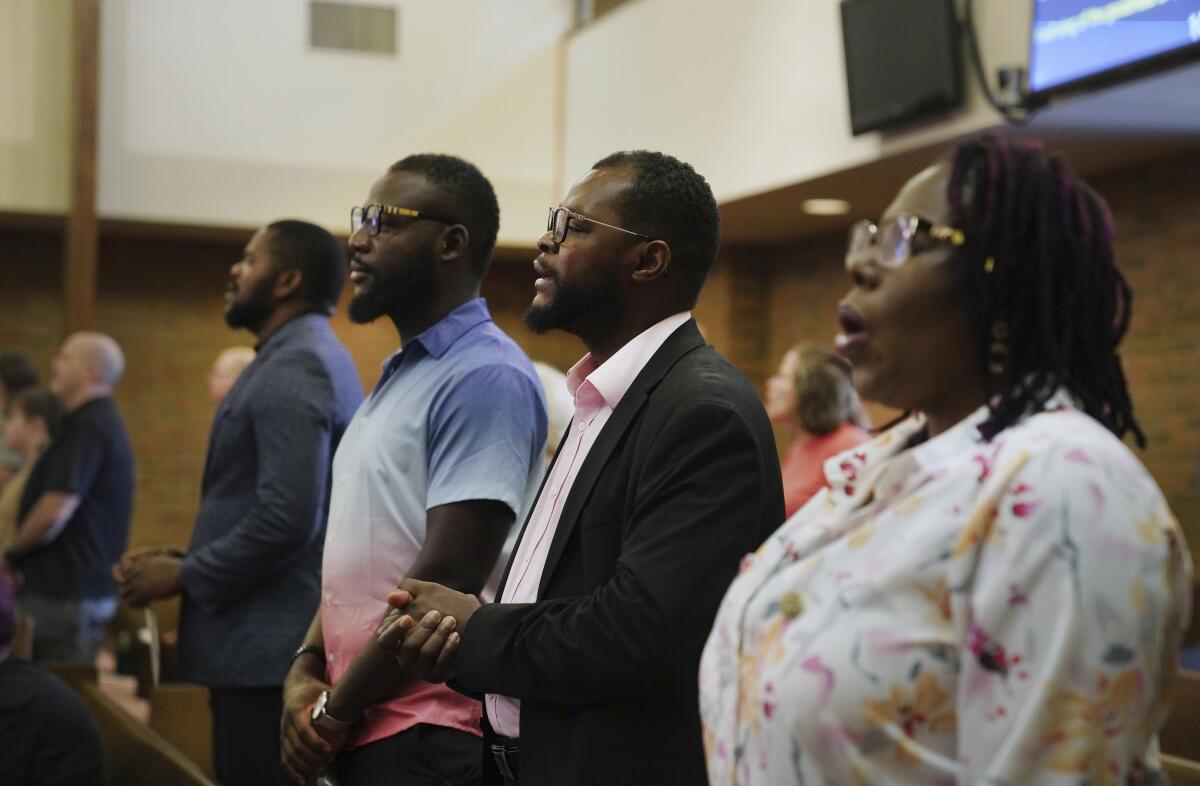
 King Omri (876-869 BCE) was a major player in the history of ancient Palestine. He forged an alliance with the Phoenician king Ethbaal of Tyre, sealing the deal by the marriage of his son Ahab to Ethbaal’s daughter Jezebel, bringing the wealth of the Phoenician sea trade into his kingdom.
King Omri (876-869 BCE) was a major player in the history of ancient Palestine. He forged an alliance with the Phoenician king Ethbaal of Tyre, sealing the deal by the marriage of his son Ahab to Ethbaal’s daughter Jezebel, bringing the wealth of the Phoenician sea trade into his kingdom.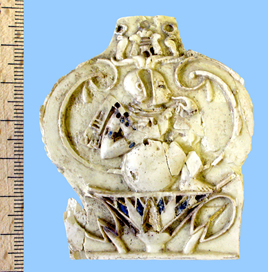

 In the wake of this attack, our national confidence was shaken; our naivete was lost. But unfortunately, it was all too easy for us to learn the wrong lessons. At the time, in
In the wake of this attack, our national confidence was shaken; our naivete was lost. But unfortunately, it was all too easy for us to learn the wrong lessons. At the time, in 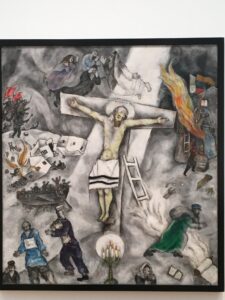


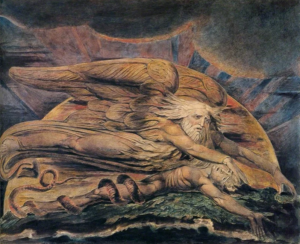
 Since the assassination attempt against candidate Donald Trump which left
Since the assassination attempt against candidate Donald Trump which left 



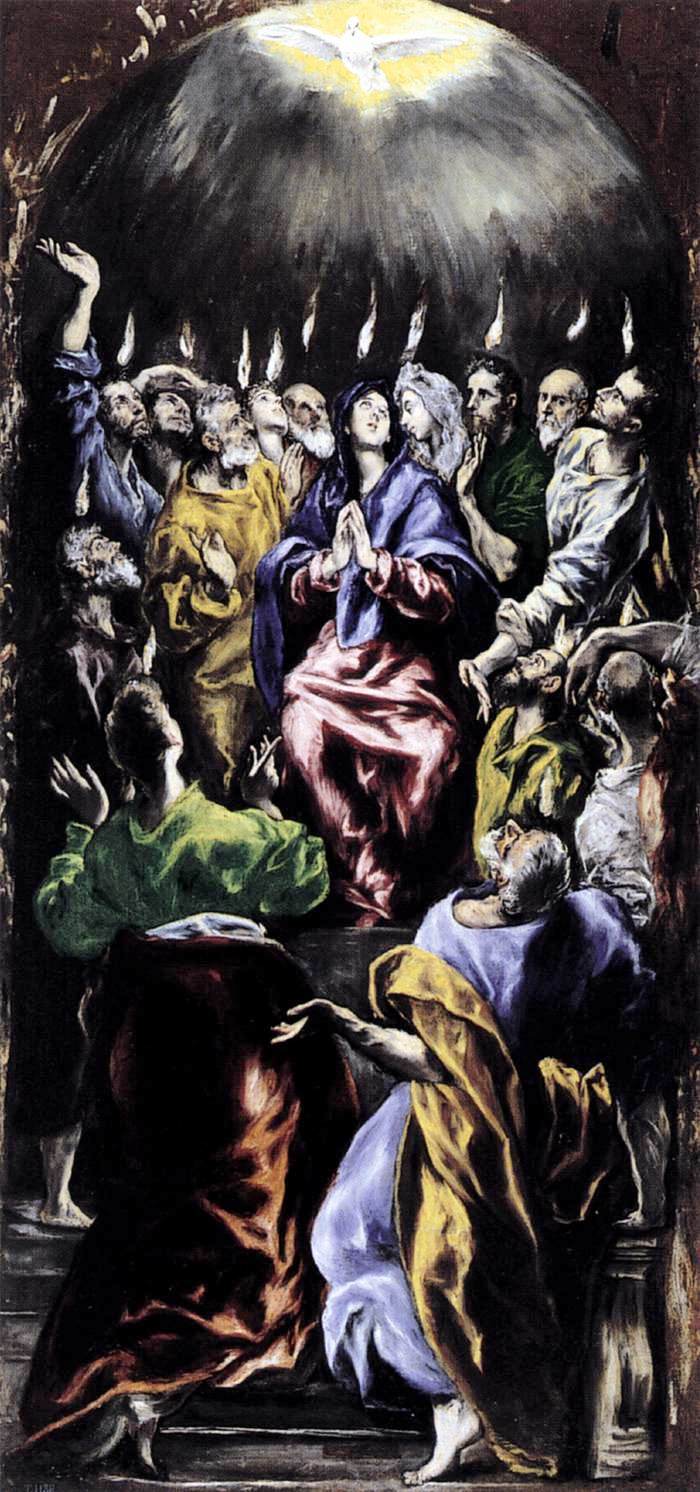















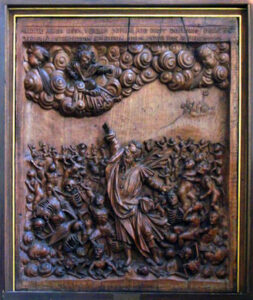
 God asks Ezekiel, “Human one, can these bones live again?” (37:3). The obvious answer is no—there is no life, and no possibility of life, in this place! The bodies strewn across the valley are not only dead, they are long dead (37:2). But since his call, Ezekiel has seen (see
God asks Ezekiel, “Human one, can these bones live again?” (37:3). The obvious answer is no—there is no life, and no possibility of life, in this place! The bodies strewn across the valley are not only dead, they are long dead (37:2). But since his call, Ezekiel has seen (see  Again God speaks: “Prophesy to the breath; prophesy, human one! Say to the breath, The Lord God proclaims: Come from the four winds, breath! Breathe into these dead bodies and let them live” (37:9).
Again God speaks: “Prophesy to the breath; prophesy, human one! Say to the breath, The Lord God proclaims: Come from the four winds, breath! Breathe into these dead bodies and let them live” (37:9).
![Title: Descent of the Holy Spirit [Click for larger image view]](https://diglib.library.vanderbilt.edu/cdri/jpeg/El_Greco_006.jpg)
